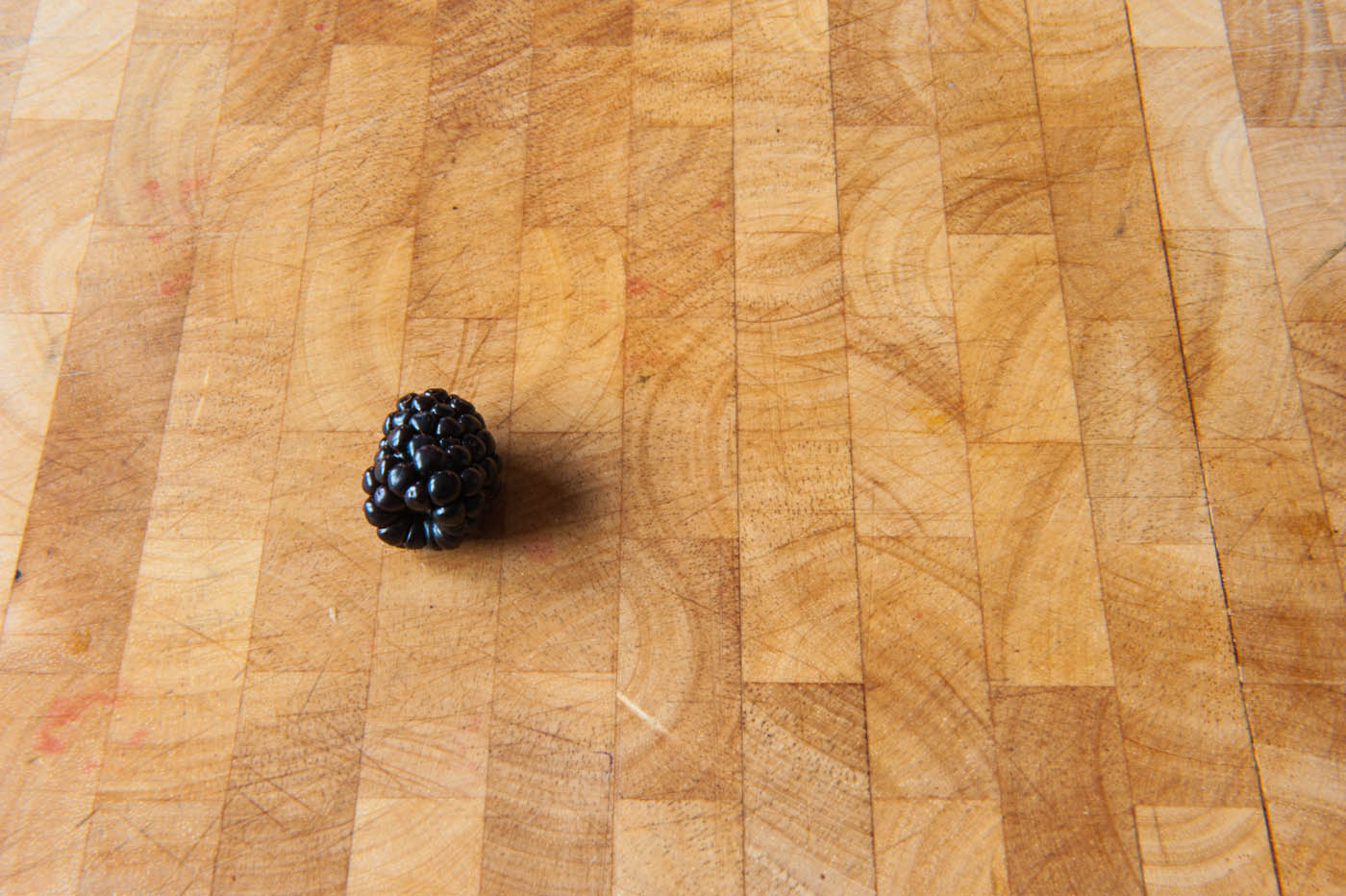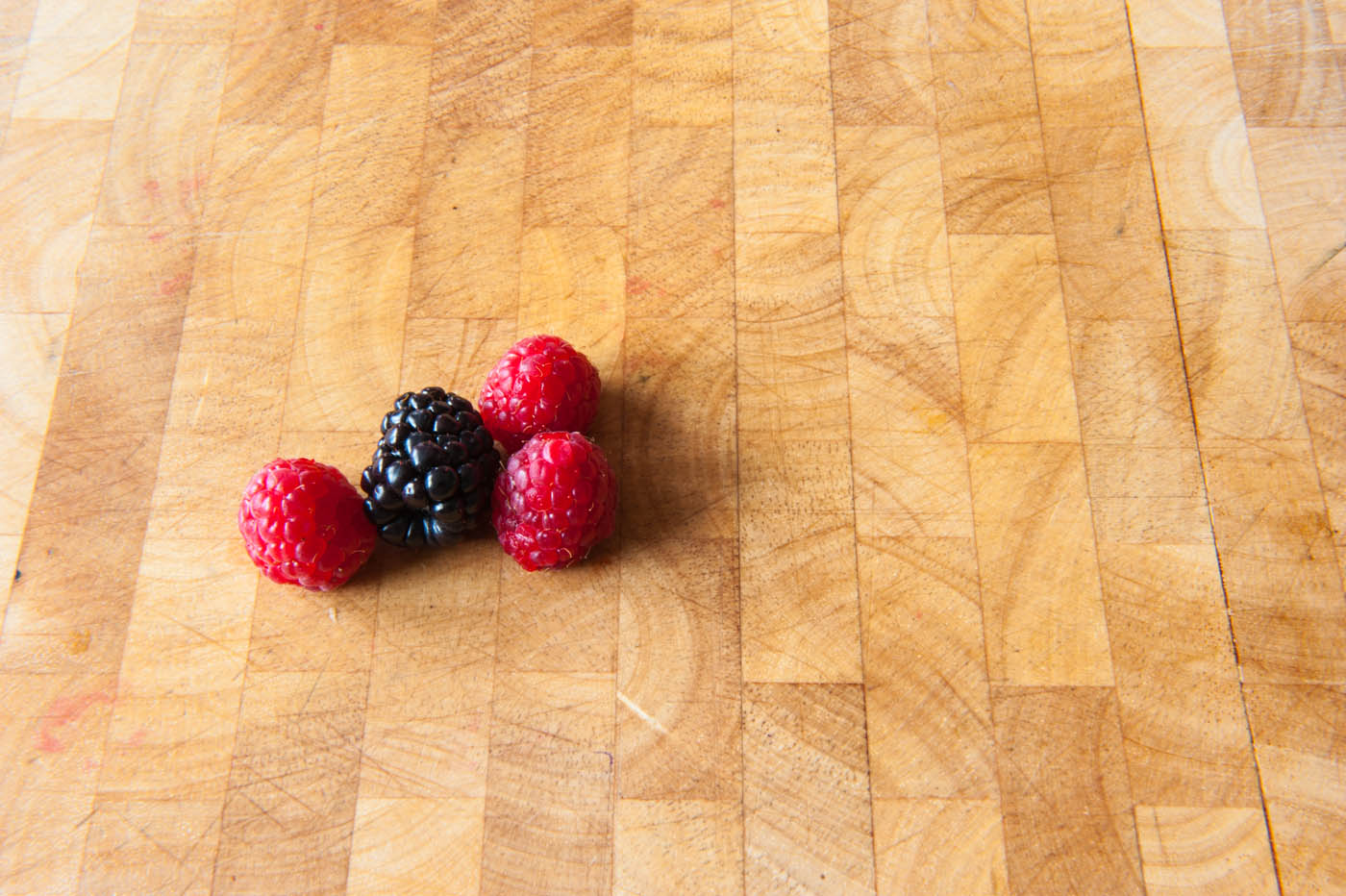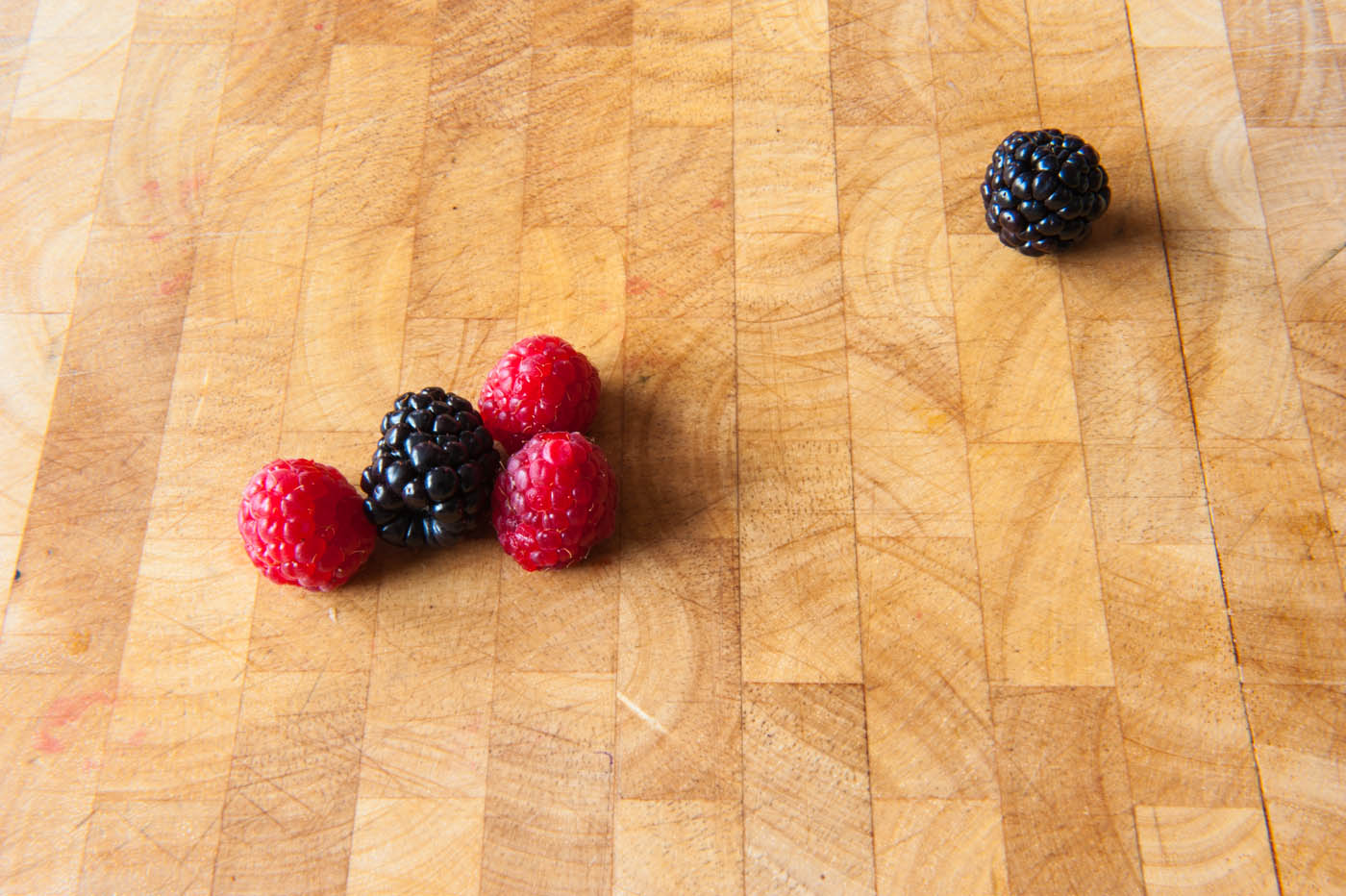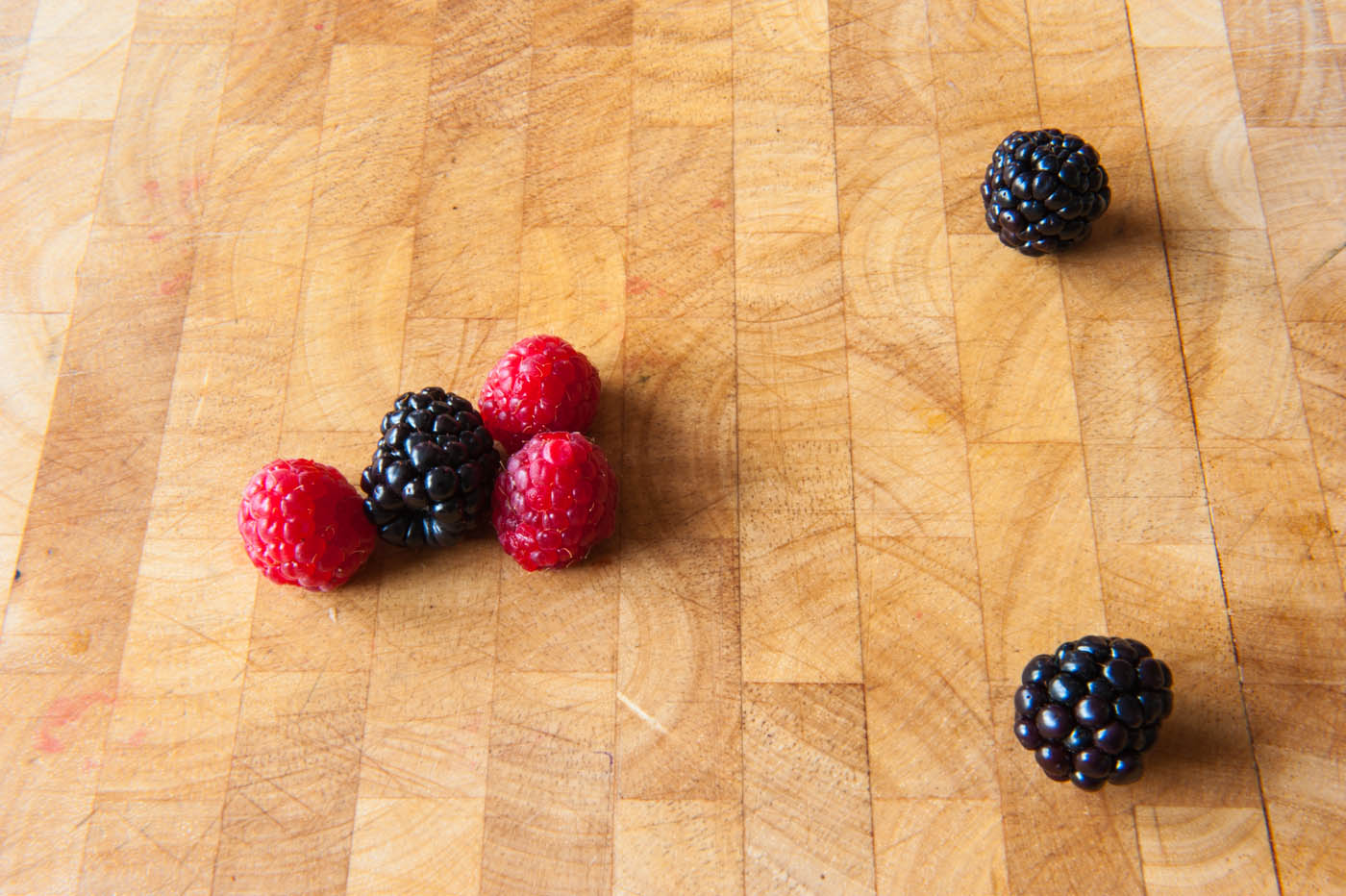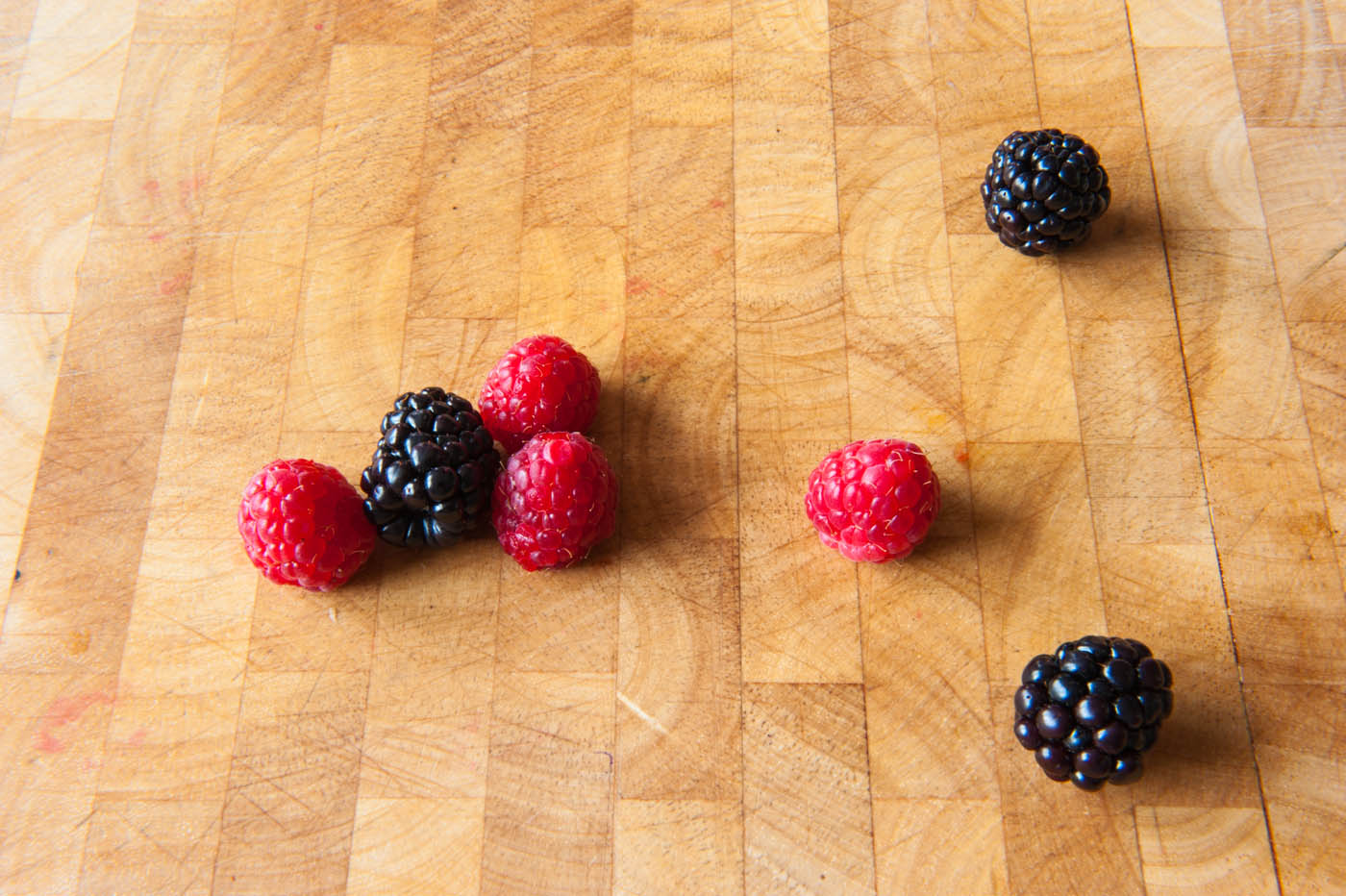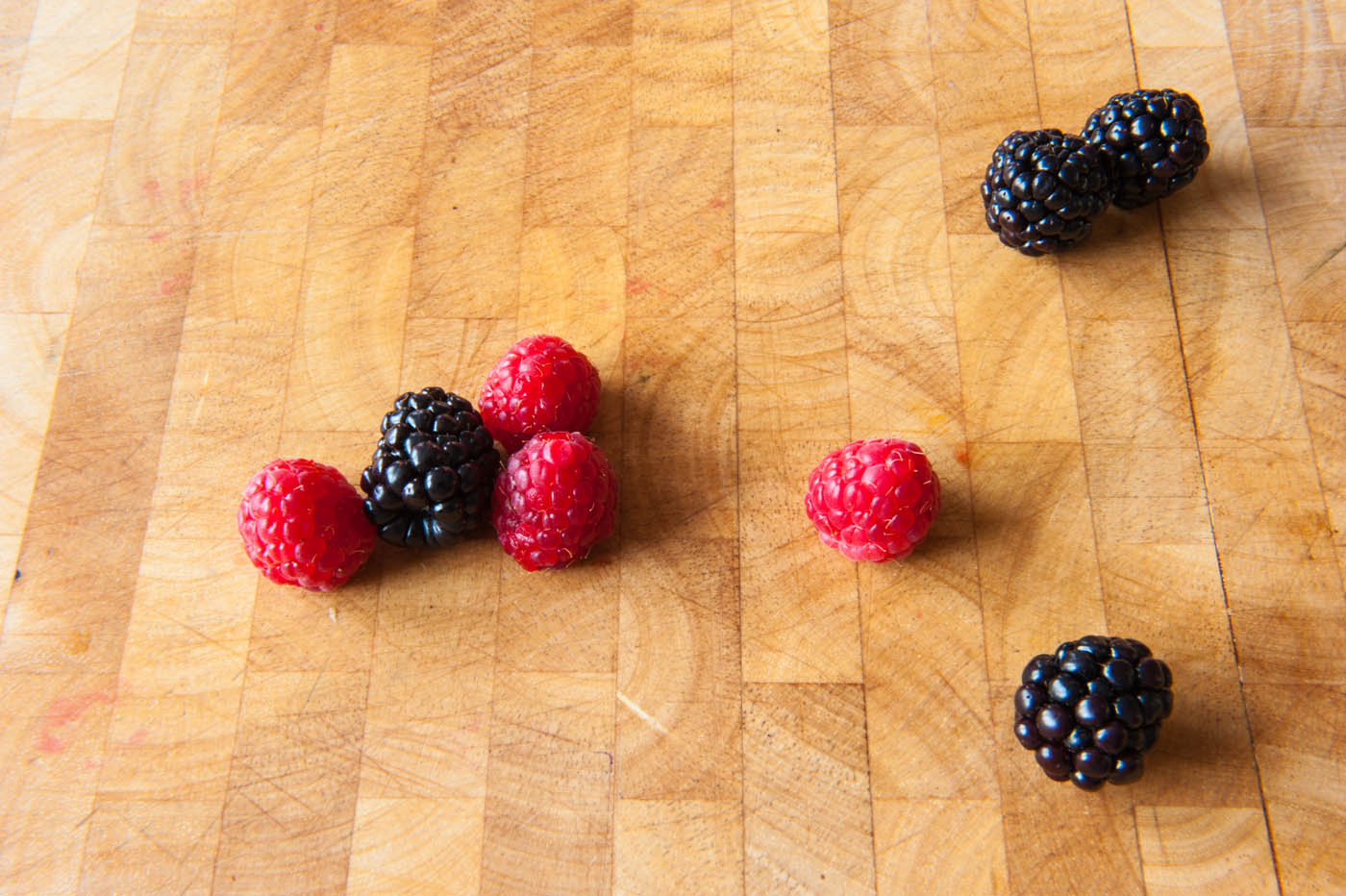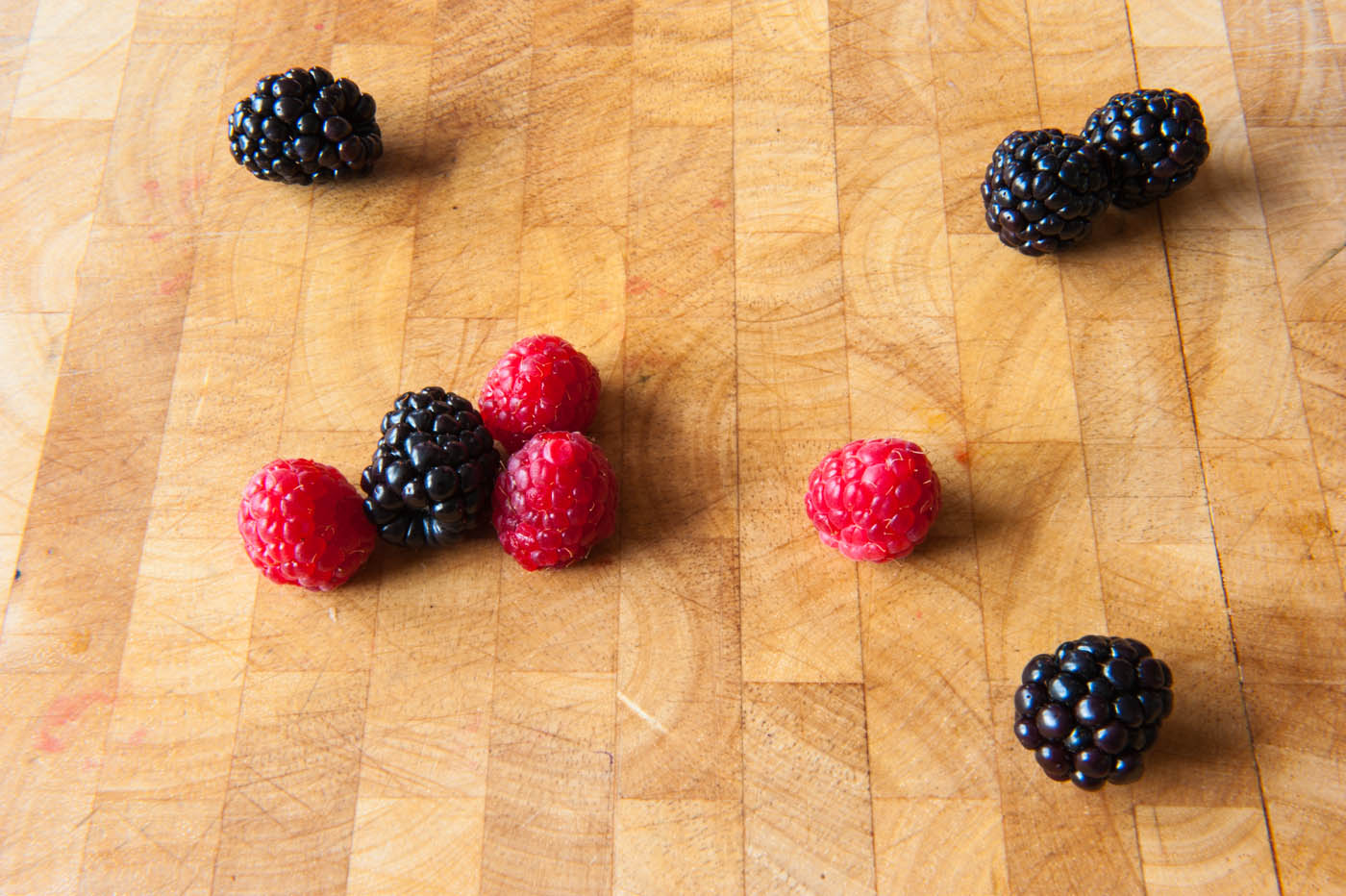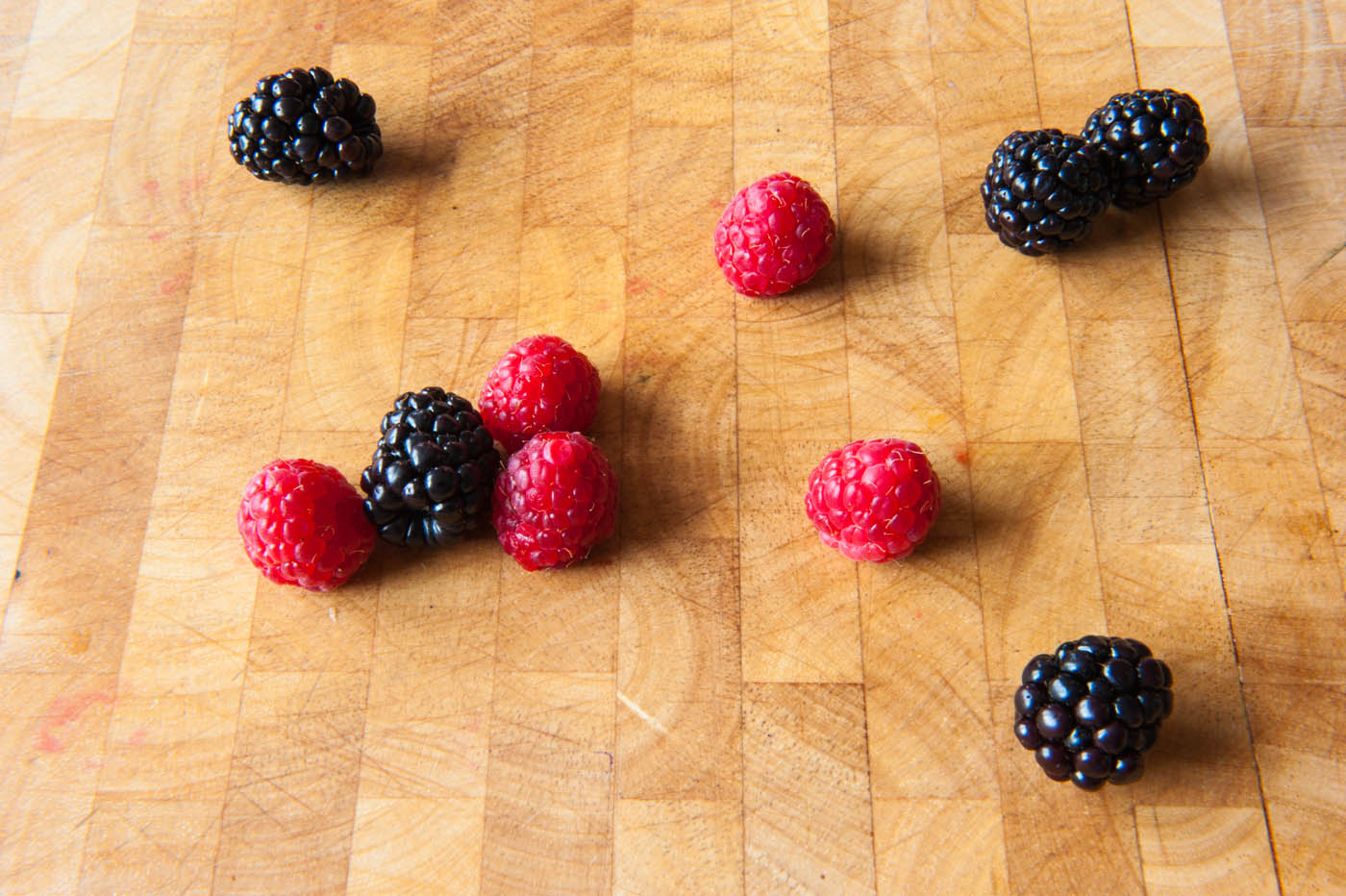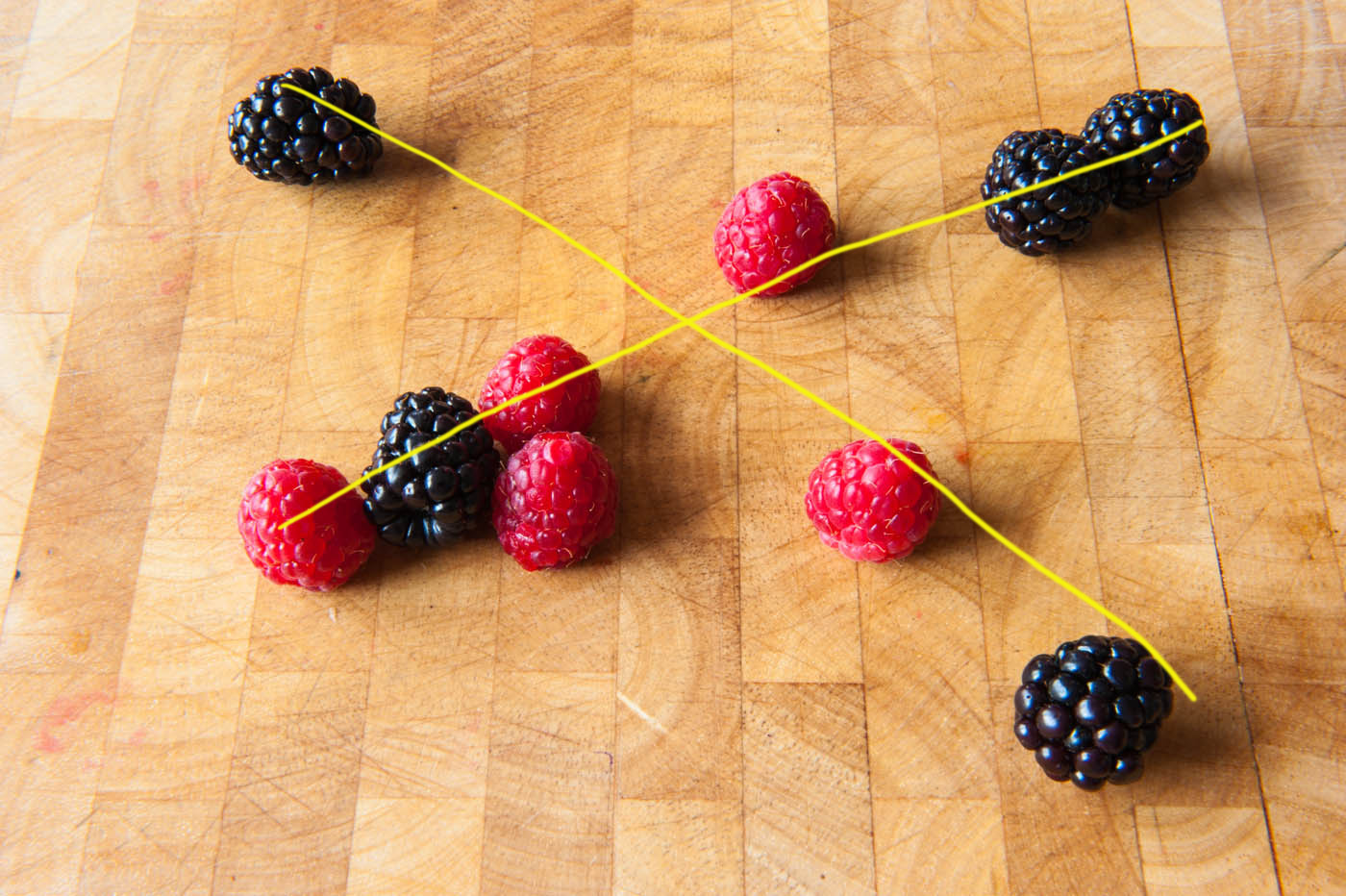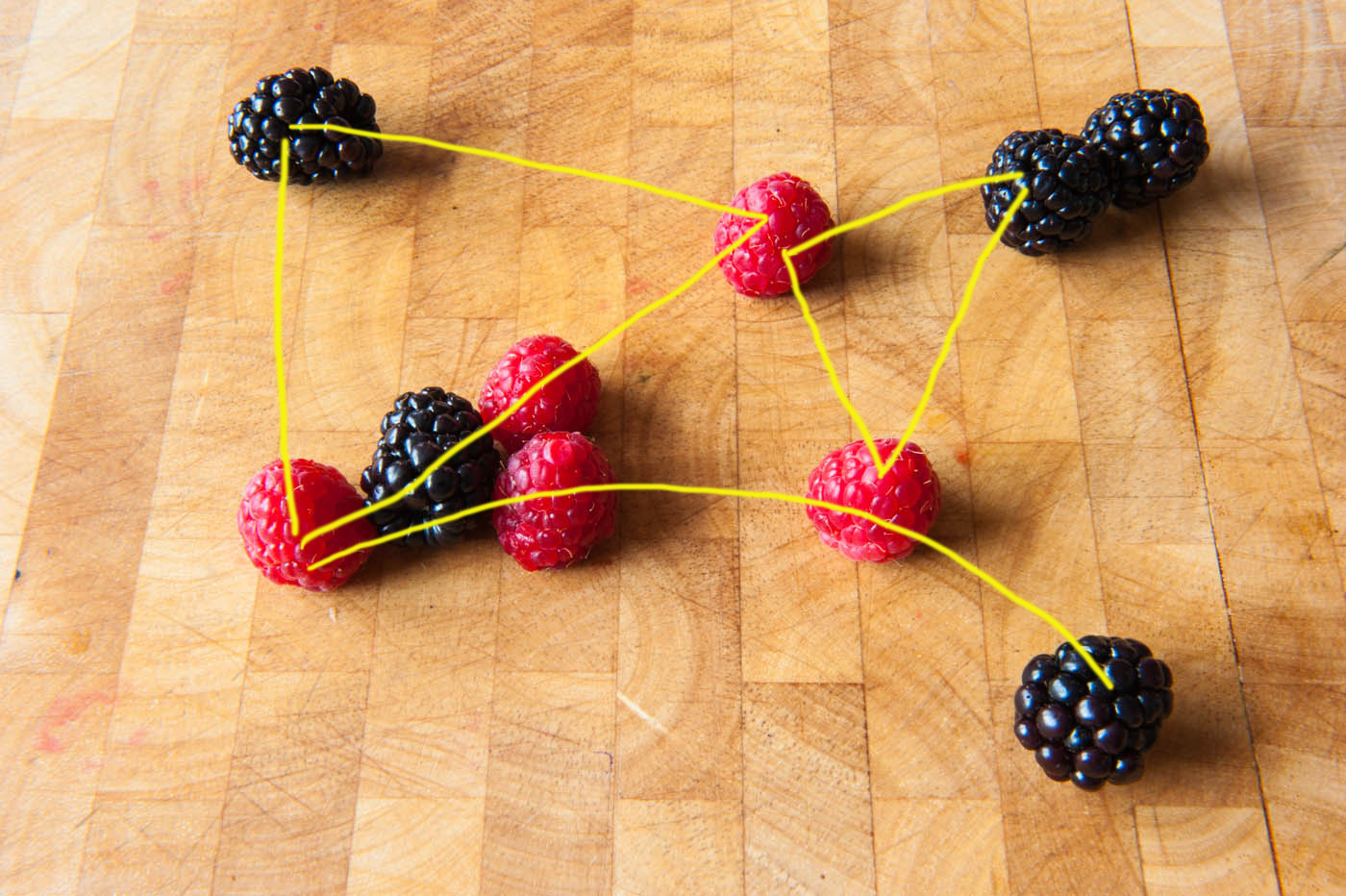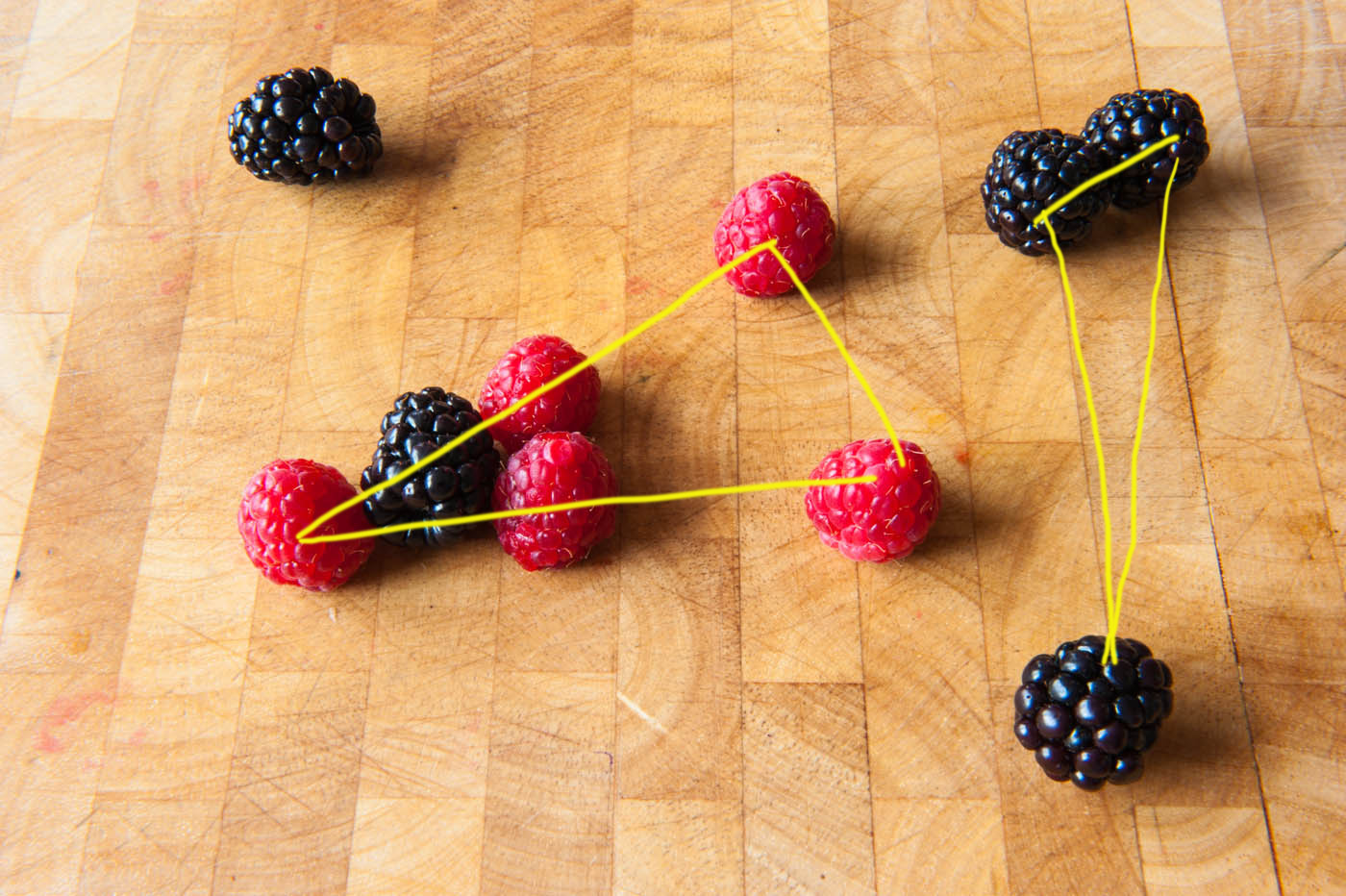The aim of this exercise was to set up a still life by combining an unfussy background with 6 to 10 similar sized objects. A fixed camera on a tripod and shot down at the background. The idea was to control composition by arrangement and recording the still life as each element was added. You can see the results below
This was much harder than I had imagined. I had several false starts and I am not hugely satisfied with the end result. The main challenge was to arrange the still life in an interesting way without forming a regular pattern. I did enjoy setting up the shoot. I made the decision to shoot tethered. This gave me the opportunity to view each frame before placing the next berry.
The second part of the exercise was to draw a sketch, indicating the ‘lines’ that relate the objects, and any basic shape or shapes that they form.
Reflection
I am somewhat perplexed as to the artistic merit of still life photography. When I encountered Peter Fischli and Davit Weiss work “Quiet Afternoon” (Cotton, C 2004: P114) I was outraged. The question “how can fine art be precariously staking vegetables and then taking a photograph of it?” kept bouncing around in my head and enraging me. This made the exercise even more difficult for me because I really didn’t like the pictures I was producing. They reminded me of more of Fischli and Weiss’s work “The Sausage Photographs” (Tate.org.uk, 2006). Perhaps this level of anger is generated by my logical brain trying to understand or make sense of this new language of art. Perhaps the more I learn about art and the art world, the less annoyed I will be at this type of picture.
What I can take from the exercise is not to concentrate on a single point to the exclusion of all others when composing a photograph. If multiple points are present in the composition they will exert forces on each other and may make the photograph feel awkward or unbalanced, or may draw attention away from the message you want to convey to the viewer. Conversely If you are aware of the multiple points in your composition you can use them to balance ( or add tension ) or emphasise certain areas of the photograph.
